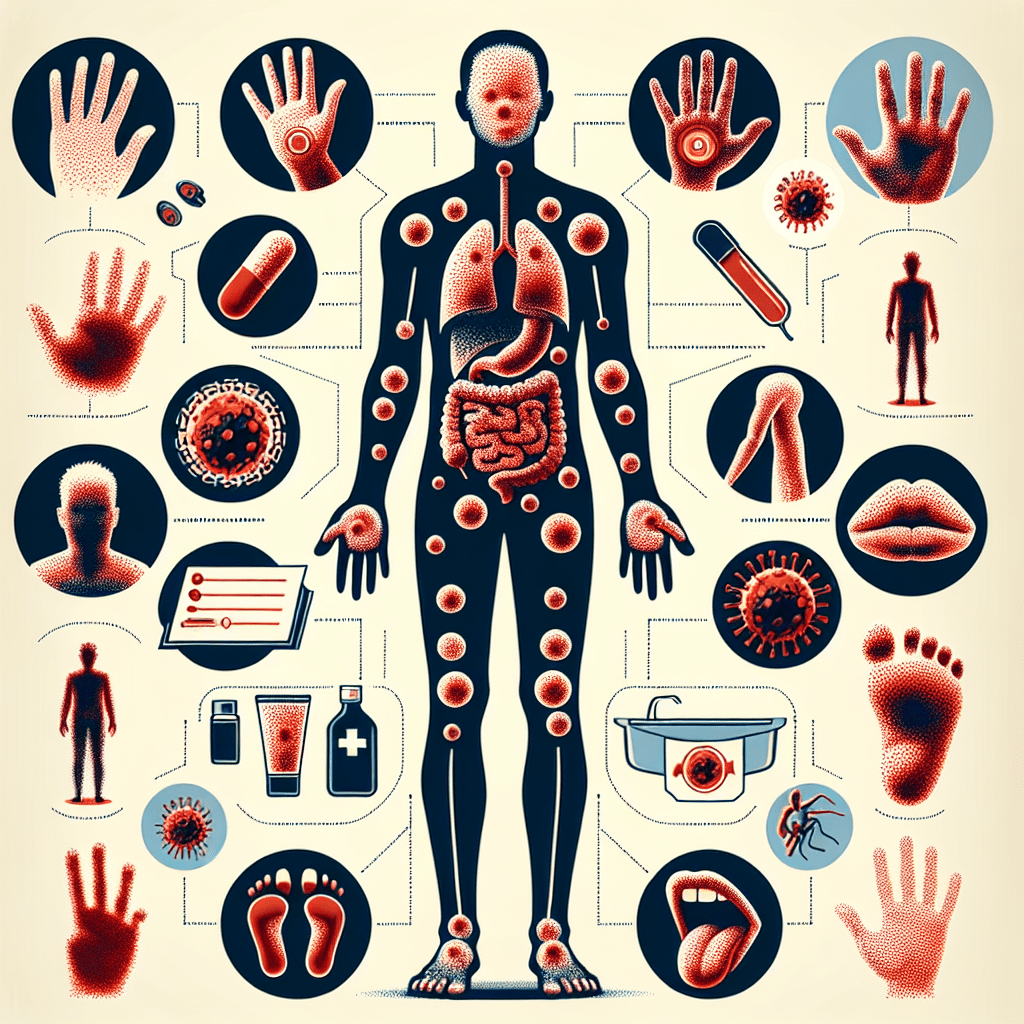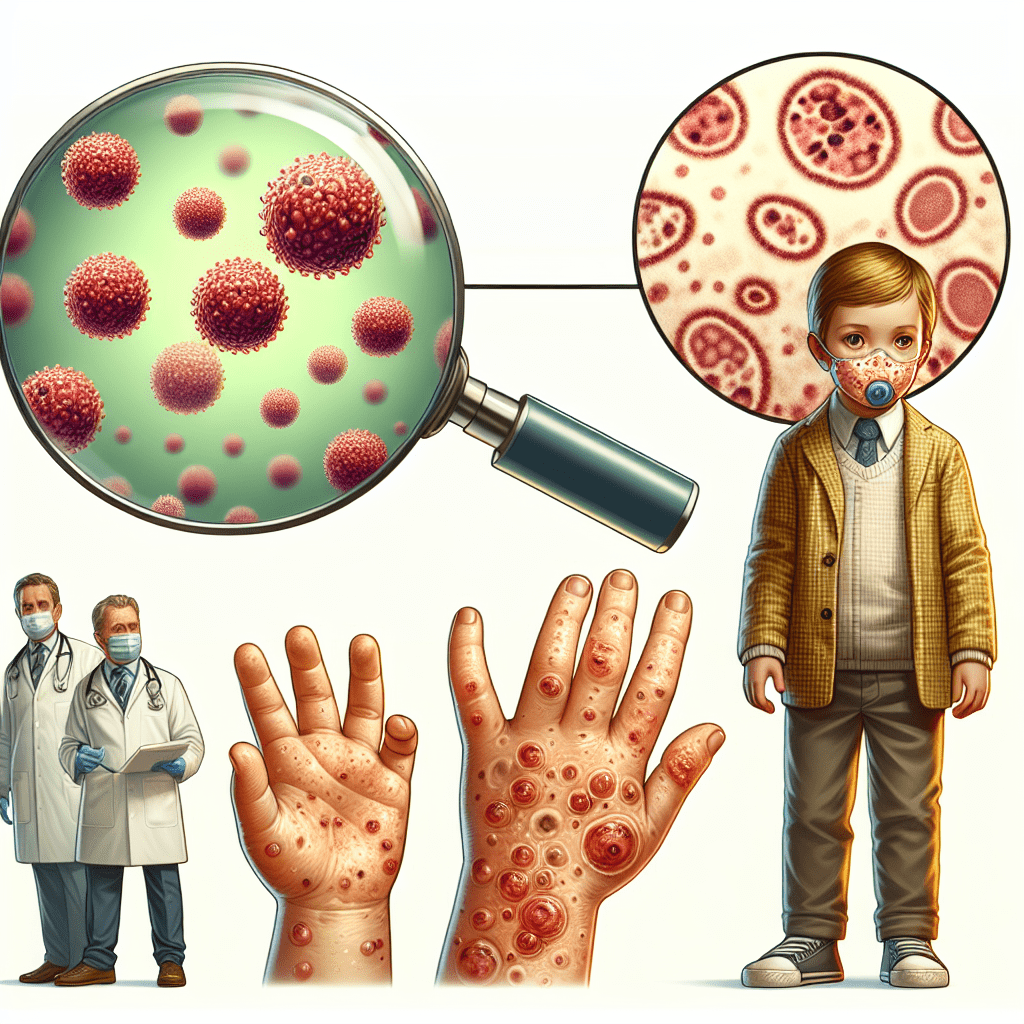“Protect your loved ones from Hand, Foot, and Mouth Disease – Stay informed, stay safe.”
Introduction
Hand, Foot, and Mouth Disease (HFMD) is a common viral illness that primarily affects infants and children under the age of five. It is characterized by a combination of symptoms including fever, sore throat, and a rash on the hands, feet, and mouth. HFMD is caused by several different viruses, most commonly the coxsackievirus. It is highly contagious and spreads through close personal contact, as well as through contact with contaminated surfaces or objects. While HFMD is generally a mild and self-limiting illness, it can cause discomfort and complications in some cases.
The Importance of Exercise for Maintaining Healthy Joints
Hand, Foot, and Mouth Disease (HFMD) is a common viral illness that primarily affects infants and children under the age of five. It is characterized by a rash on the hands, feet, and mouth, along with fever and sore throat. While HFMD is generally a mild illness that resolves on its own within a week, it can cause discomfort and inconvenience for both the affected child and their caregivers.
One of the key aspects of managing HFMD is ensuring that the child gets plenty of rest and stays hydrated. However, another important factor that is often overlooked is the role of exercise in maintaining healthy joints. Regular physical activity can help strengthen the muscles and improve joint flexibility, which can be particularly beneficial for children recovering from HFMD.
Exercise helps to promote blood circulation, which in turn aids in the delivery of oxygen and nutrients to the joints. This can help reduce inflammation and promote healing. Additionally, exercise helps to maintain a healthy weight, which can alleviate stress on the joints and reduce the risk of joint pain and discomfort.
There are several types of exercises that can be beneficial for children recovering from HFMD. Low-impact activities such as swimming and cycling are gentle on the joints while still providing a good cardiovascular workout. These activities can help improve muscle strength and flexibility without putting excessive strain on the affected joints.
Stretching exercises are also important for maintaining joint health. Stretching helps to improve flexibility and range of motion, which can be particularly beneficial for children who may experience stiffness or limited mobility as a result of HFMD. Simple stretches such as reaching for the toes or stretching the arms overhead can help improve joint flexibility and reduce the risk of joint pain.
In addition to cardiovascular exercise and stretching, strength training exercises can also be beneficial for children recovering from HFMD. Strength training helps to build muscle mass, which can provide additional support to the joints. Simple exercises such as squats, lunges, and push-ups can help strengthen the muscles around the joints and improve overall joint stability.
It is important to note that exercise should be approached with caution during the recovery period from HFMD. It is recommended to start with gentle exercises and gradually increase the intensity and duration as the child’s strength and mobility improve. It is also important to listen to the child’s body and stop any exercise that causes pain or discomfort.
In conclusion, exercise plays a crucial role in maintaining healthy joints, especially for children recovering from HFMD. Regular physical activity can help strengthen muscles, improve joint flexibility, and promote overall joint health. Low-impact activities, stretching exercises, and strength training can all be beneficial for children during the recovery period. However, it is important to approach exercise with caution and listen to the child’s body to avoid any unnecessary strain or discomfort. By incorporating exercise into the recovery process, children can not only recover from HFMD more quickly but also maintain healthy joints for the long term.
Conclusion
In conclusion, Hand, Foot, and Mouth Disease (HFMD) is a common viral illness that primarily affects infants and children. It is characterized by fever, sore throat, and the development of painful sores or blisters on the hands, feet, and inside the mouth. HFMD is highly contagious and spreads through close contact with infected individuals or contact with contaminated surfaces. While most cases of HFMD resolve on their own within a week, it is important to seek medical attention if symptoms worsen or complications arise. Good hygiene practices, such as frequent handwashing, can help prevent the spread of HFMD.


